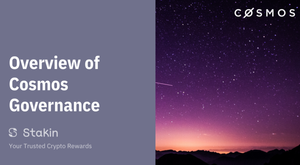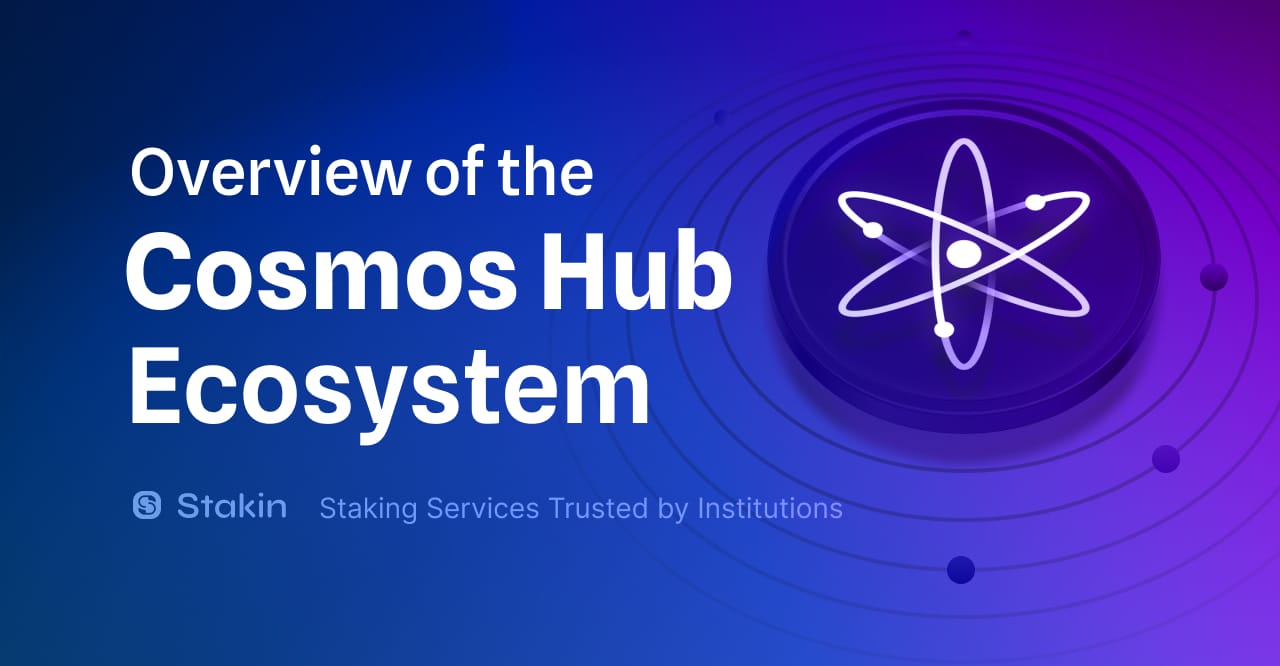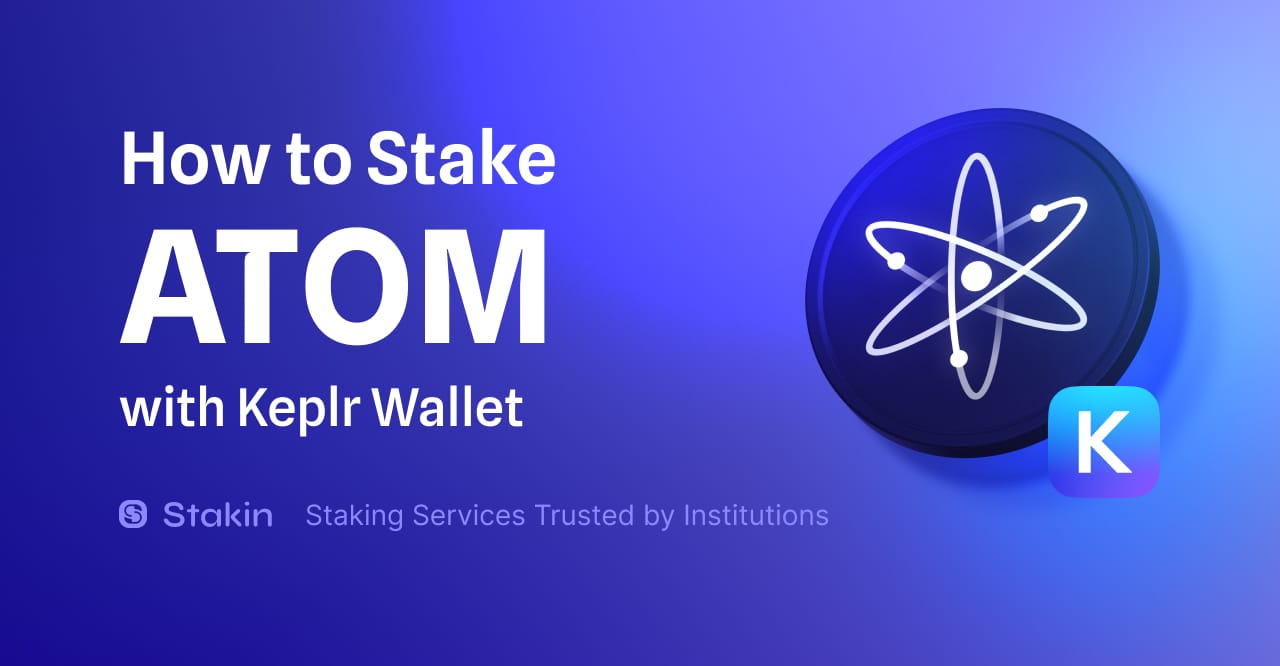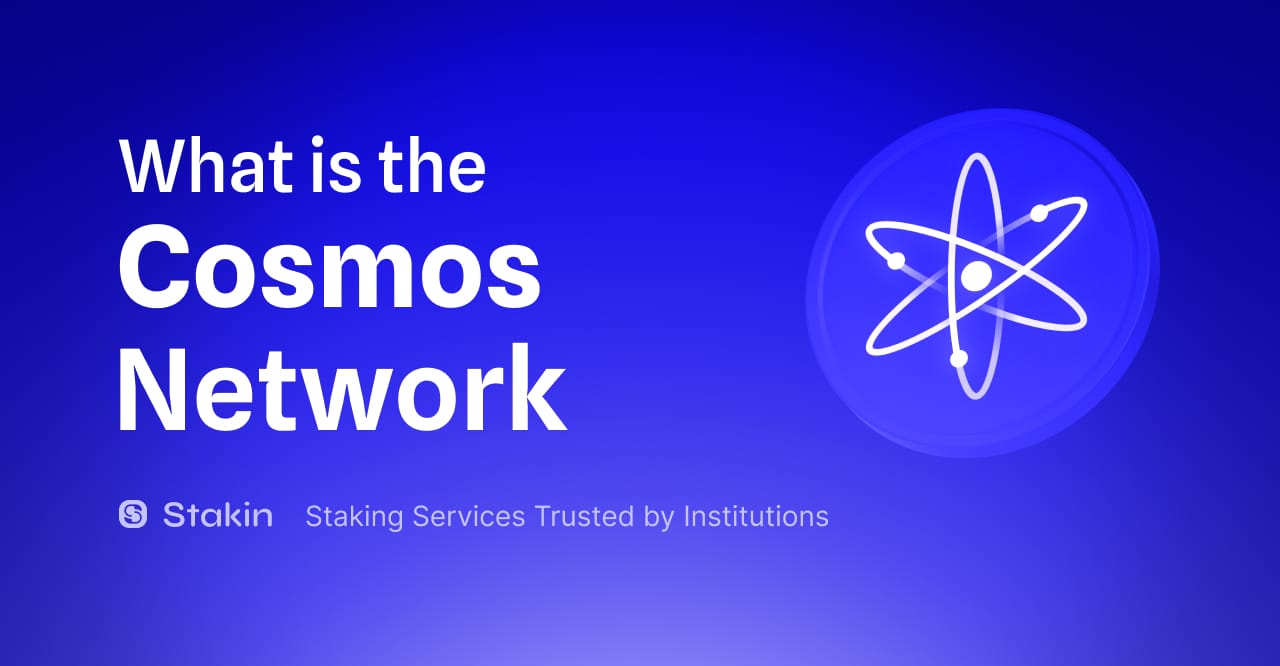Hi there👩💻,
Today we’re discussing the Cosmos Hub’s Governance, Governance Working Group, and latest developments. For those of you looking for more information about the overall Cosmos Network, you can check out the article here.
📝 Part 1 — Initial Governance Concept
The Cosmos Hub Governance works as following. The validators and delegators in the Hub can vote on proposals that are then able to change the parameters of the system, coordinate the upgrades, and vote on the different governance policies of the Cosmos Hub.
The Cosmos Network determines the first 100 validators based on the size of their stake. To be able to be a validator, you need to run a secure and reliable infrastructure that verifies block and transactions on the network. ATOM holders who don’t have the resources can vote for a validator by staking their tokens with them. The validators with the highest count of staked tokens become part of the 100 selected validators.
Users that are actively staking ATOMs also have additional rights, such as the right to vote on governance proposals.
Each zone within the Cosmos Network can have its constitution and governance mechanism. Because of the interoperability among different policy zones, the Cosmos Network gives its users freedom and ability for experimentation.
In the current governance environment, anyone can submit a proposal. Ones a proposal is submitted, it then runs through four different phases.
- The deposit period — proposals are only considered when a minimum deposit of 512 ATOMs is completed within two weeks. The reason behind this is it works as a protector against spam. When a proposal is accepted, you’ll receive the ATOMs back.
- The voting period — after two weeks, the voting period begins. In this period, stakeholders of the Cosmos Hub can vote ‘yes,’ ‘no,’ ‘no with veto’ or ‘abstain.’
- Results — the acceptance of the proposal depends on the following:
- Over 40 percent of the total staked token holders at the end of the voting period need to have participated in the vote.
- More than 50 percent of the participated votes have to agree with the proposal (‘abstain’ votes excluded).
- Less than 33.4 percent of the token holders that participate in the vote need to have vetoed.
5. Implementation — after the proposal is accepted, implementation begins. A future block will cover all details about how to implement it.
🧐 Part 2 — Governance Developments
Blockchains are supposed to be governed by their users, but this is easier said than done. Too often, the stakeholders of the network can’t be bothered to vote, read in on the proposal, or the voting turn-up percentage is too low.
🤓 Governance Working Group
A little while back, in December 2019, the Cosmos Governance Working Group came into play to solve the issue of low engagement within the community. Initially, the decision to have the GWG was rather controversial because validators are part of the group. However, eventually, they got voted in, and here’s why that’s a significant development.
There are substantial barriers to overcome to pass a proposal to make changes to the Cosmos Hub. Proposers need to create a convincing, well-written, and substantially underlined proposal. Then engage the community to find support and finally deposit several ATOMs to submit the proposal. Moreover, a lack of attention due to a proposal being ignored or going unnoticed within the community pool forms a severe issue.
The GWG was created because its founders felt that the Cosmos Hub was too vulnerable due to the lack of community standards for processes and driving decentralized delegator-based participation. They felt the governance mechanism could, therefore, be co-opted by a centralized power”. The GWG creators also felt that all potential participants should be able to understand the implications of governance and know how to assess proposals (to represent their values and beliefs).
The Cosmos GWG develops decentralized community governance efforts along with the Cosmos Hub’s governance development. By developing and documenting governance practices and features and communicating them to the Cosmos community, the GWG hopes to build higher participation with stakeholders.
Here are some of the things the GWG has worked on over the last few months:
- Worked on lowering the voting barriers.
- They have initiated the ‘The Cosmos ‘Parameter Change Wiki.’
- The Cosmos ‘Community Spend Best Practices’ was another initiative they have started.
- They have worked on the Cosmos Parameter-Change Documentation.
- Working on a proportional staking proposal, which you can check out here.
Furthermore, each month they set goals for the Cosmos community’s engagement and participation. The GWG also keeps a discussion forum going.
To keep up to date with their documentation, you can click here: Cosmos GWG Twitter.
📌 Lowering the voting barriers
One of the first things the GWG started working on is the question: “How can we encourage more participation from validators & delegators?”.
To find out, they had discussions with non-voting validators, who mentioned that they felt the difficulty-level of voting was too high. They also said it is a great inconvenience to have to vote using their validator’s private key to sign the voting transaction. Apart from the risk, this involves, often, they are set-up with private-key protections, making the process even more complicated.
The solution the GWG offered was to create subkeys or group key, to make voting easier. These keys are generated and revoked with the validators’ private key. Validators can designate this less secure key to be used to sign voting transactions without exposing their private key. In the case of it being revealed, they can quickly revoke the subkey and issue a new one.
More Information & Sources
DISCLAIMER: This is not financial advice. Staking and cryptocurrencies investment involves a high degree of risk, and there is always the possibility of loss, including the loss of all staked digital assets. Additionally, delegators are at risk of slashing in case of security or liveness faults on some PoS protocols. We advise you to DYOR before choosing a validator.



